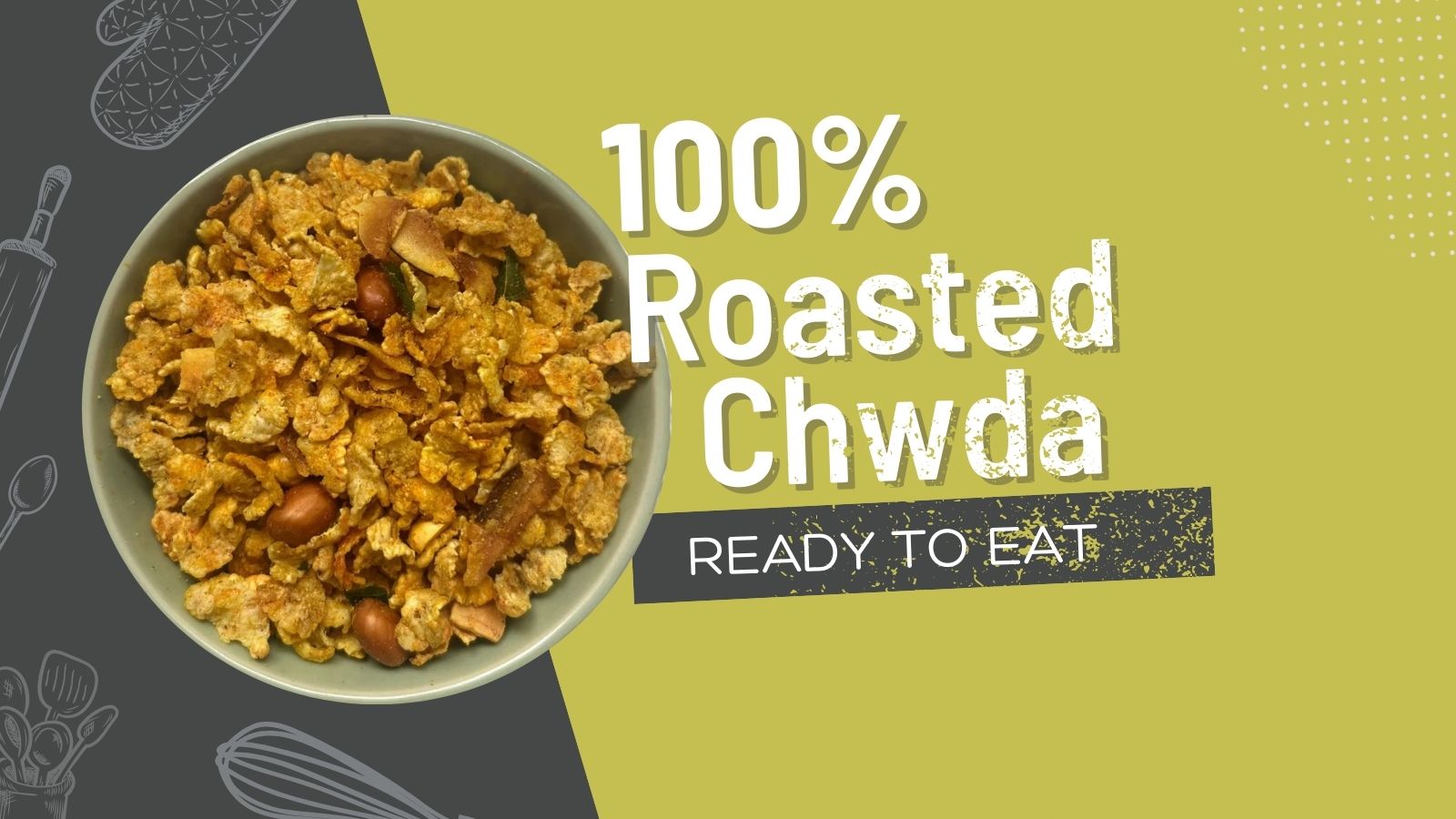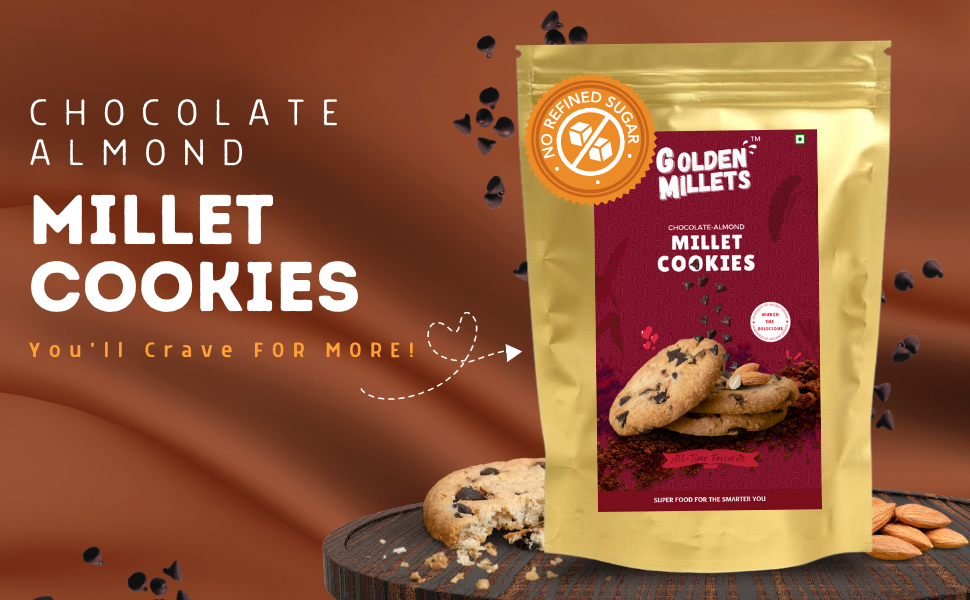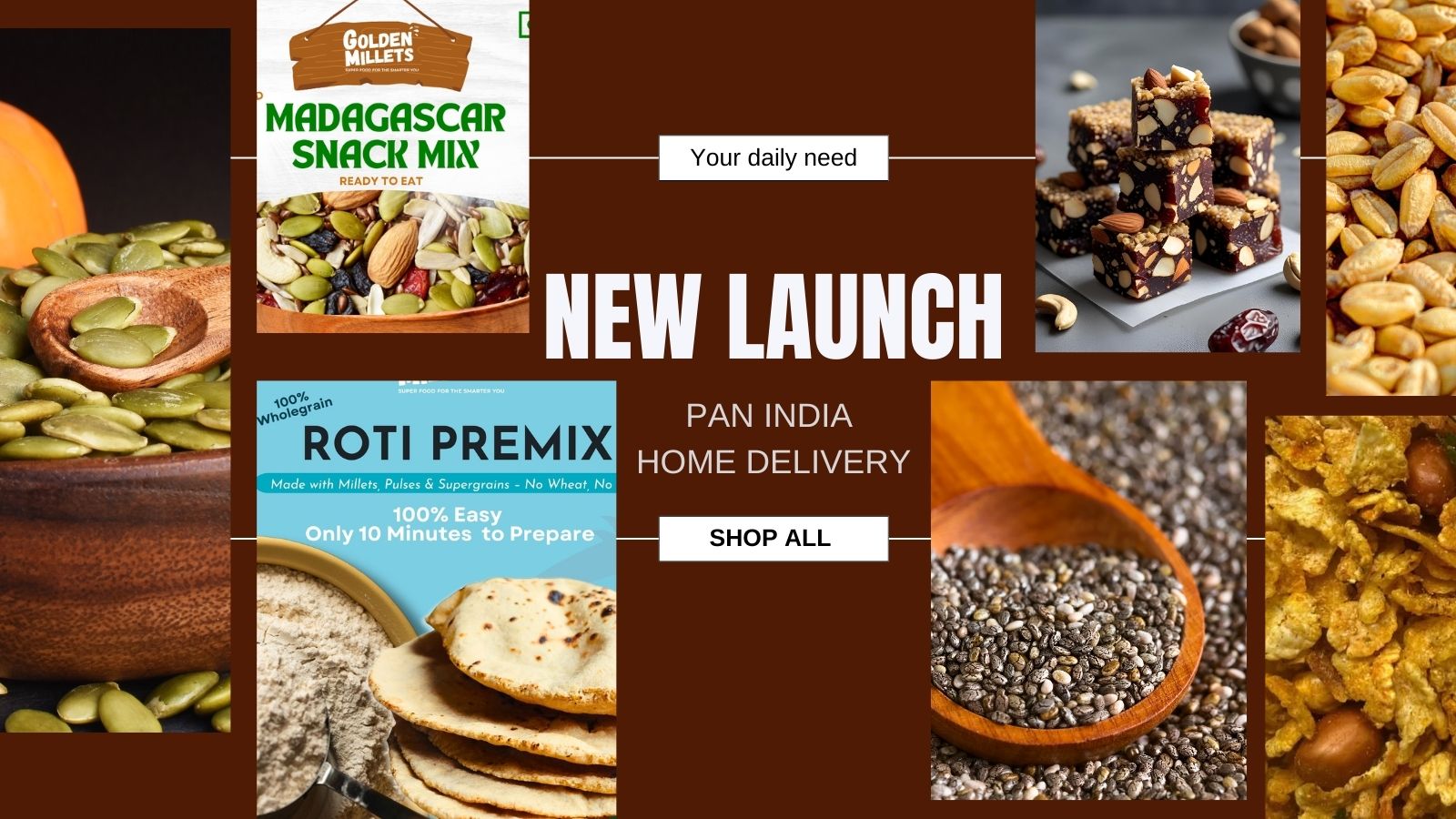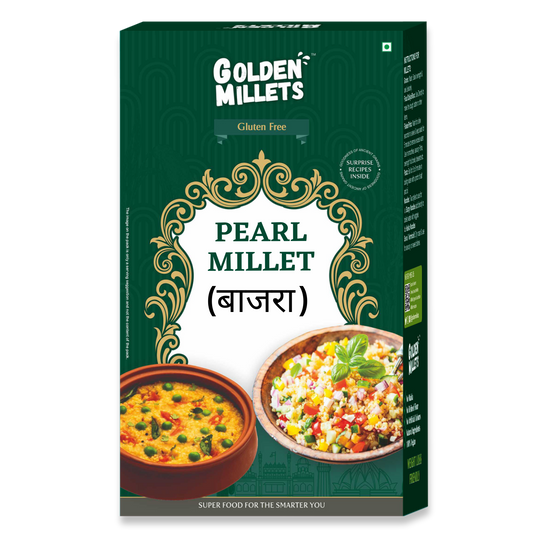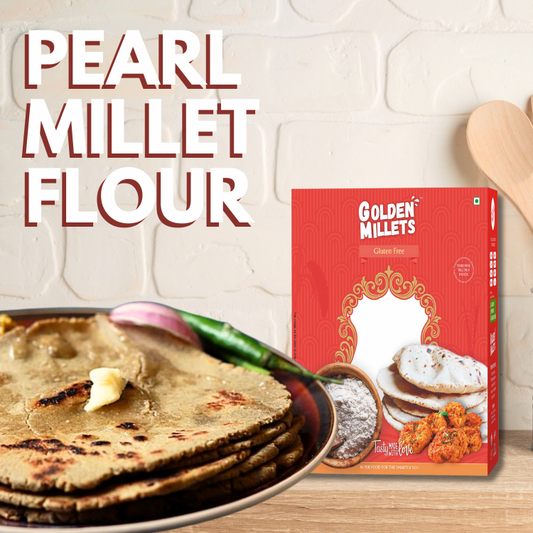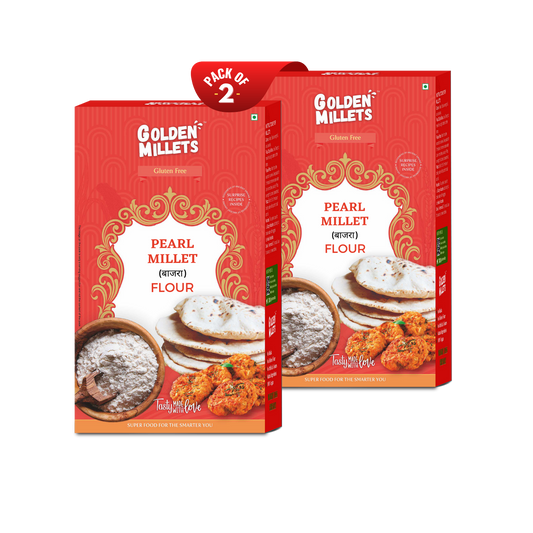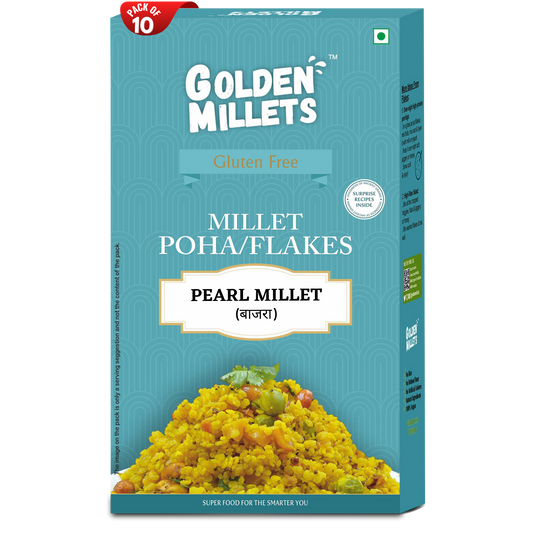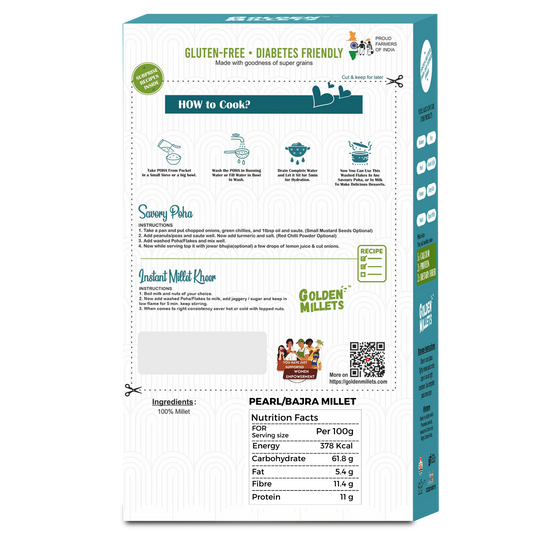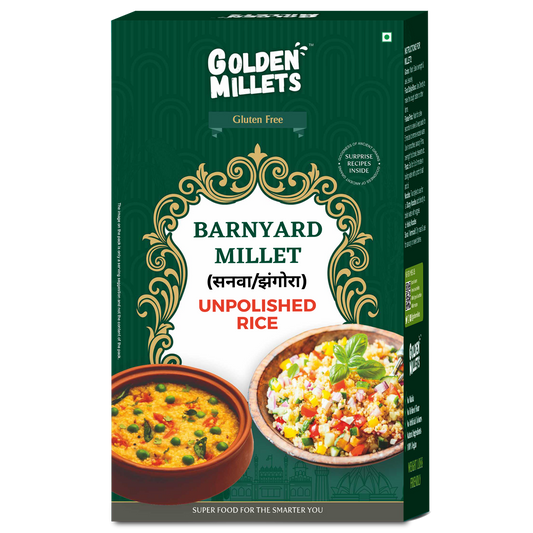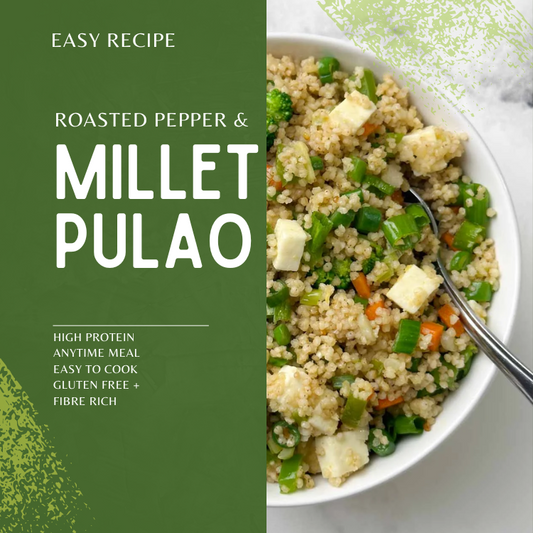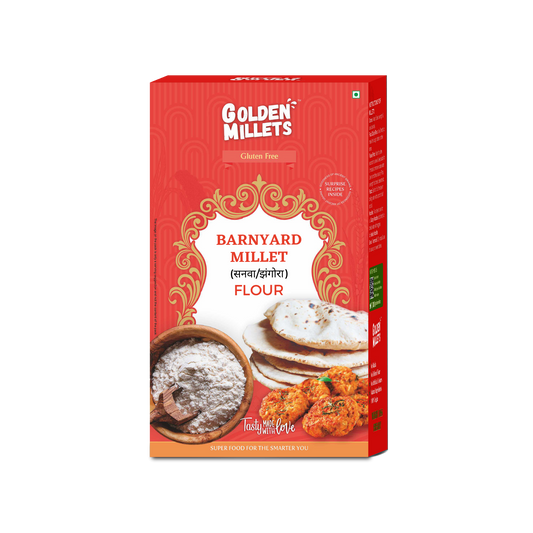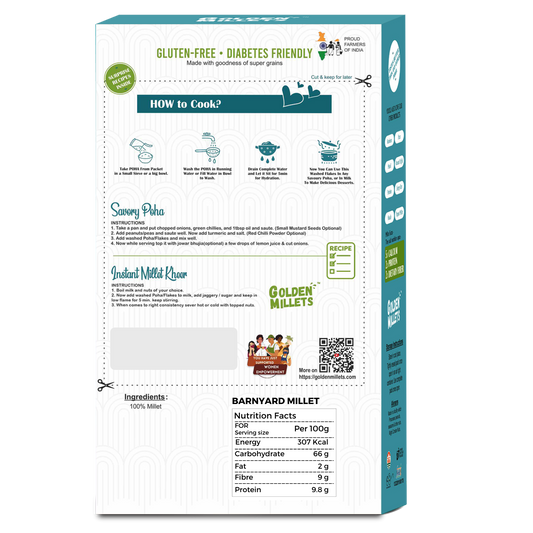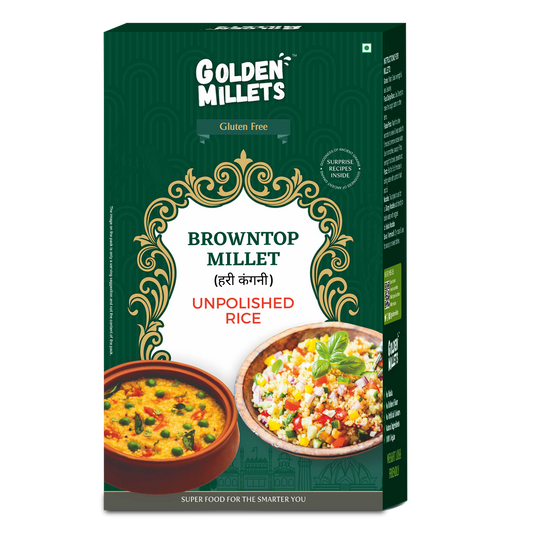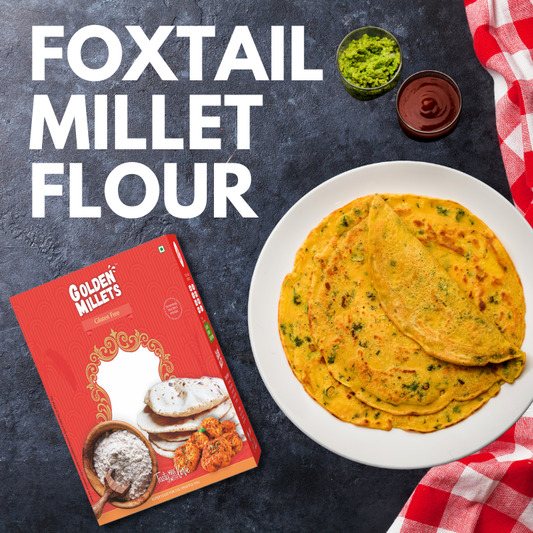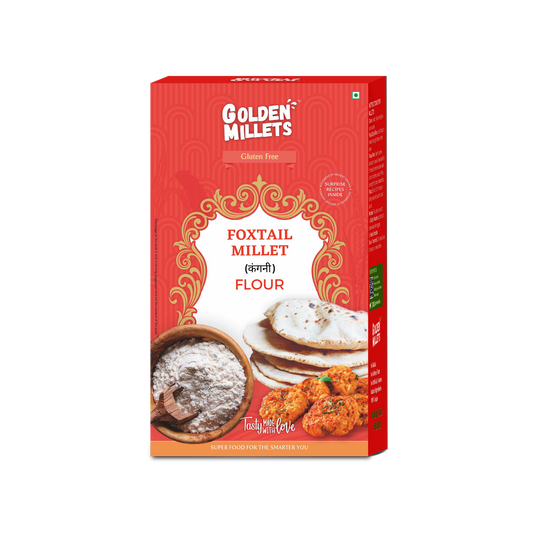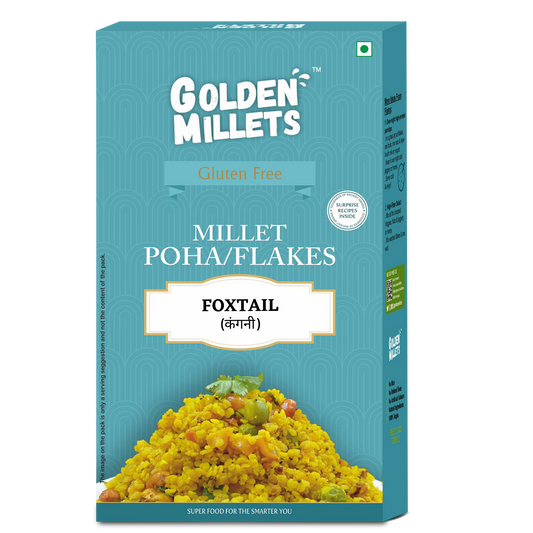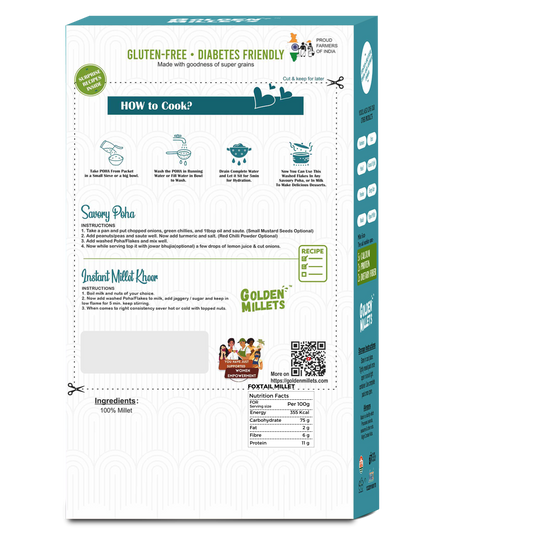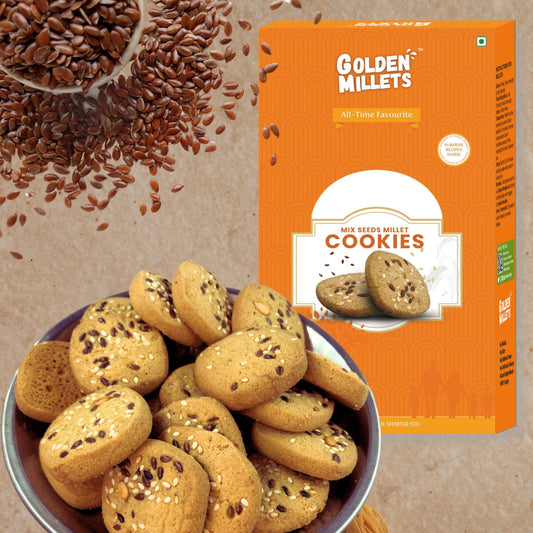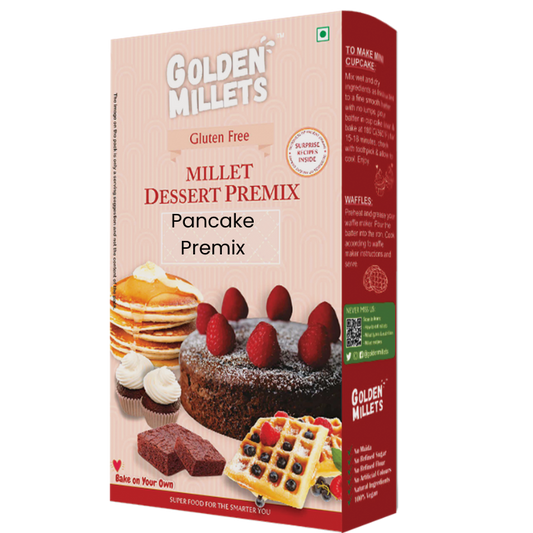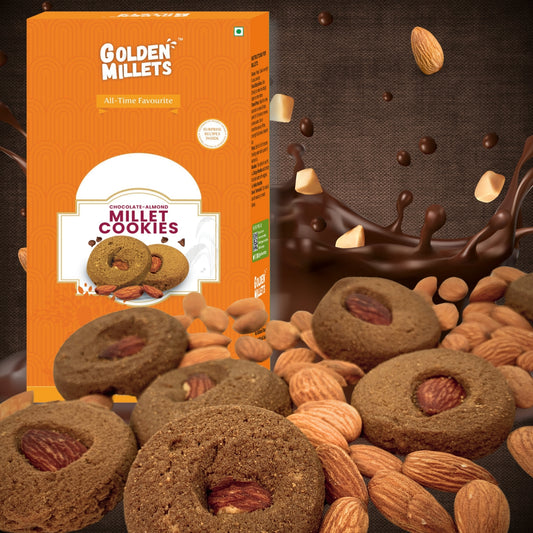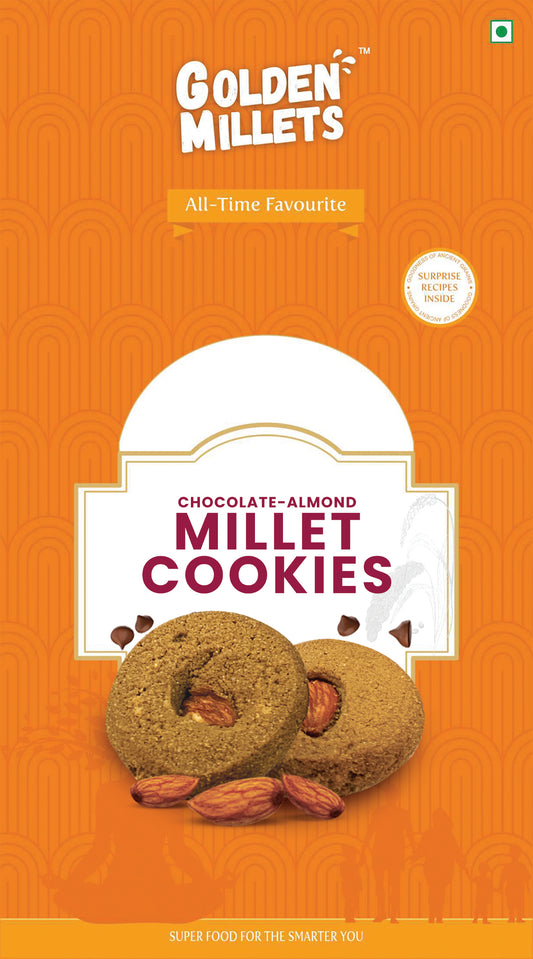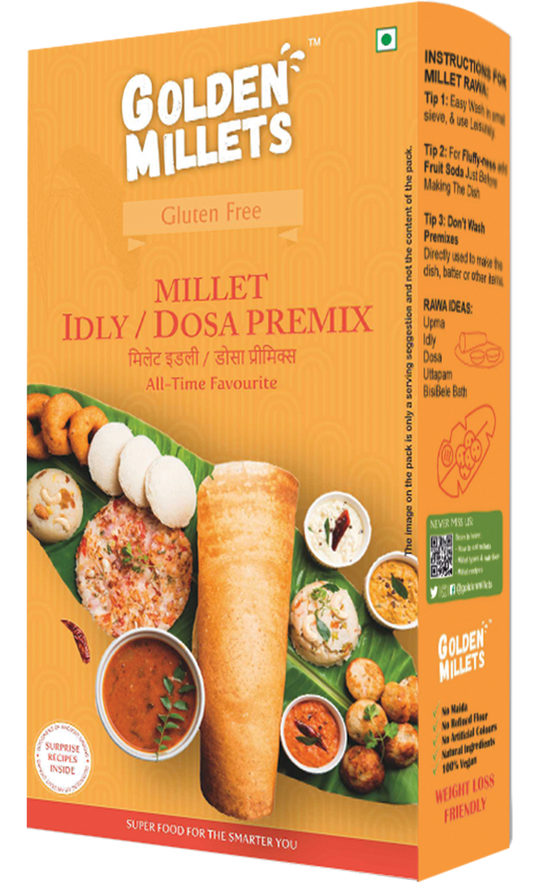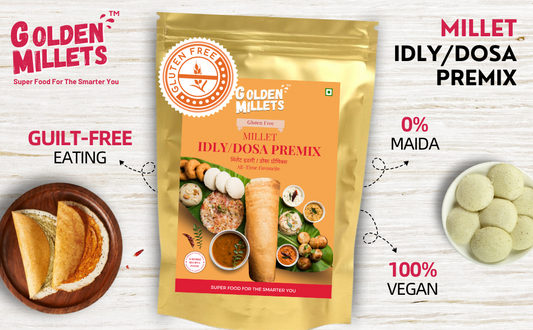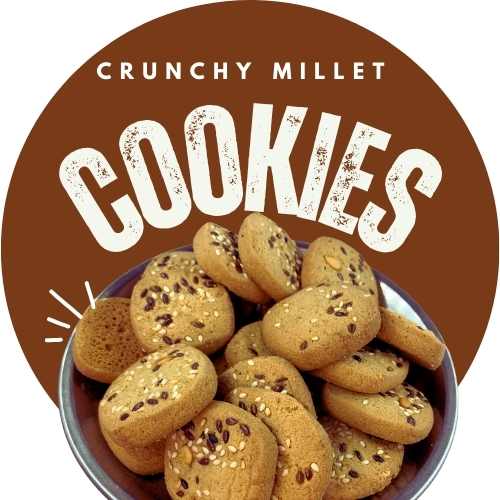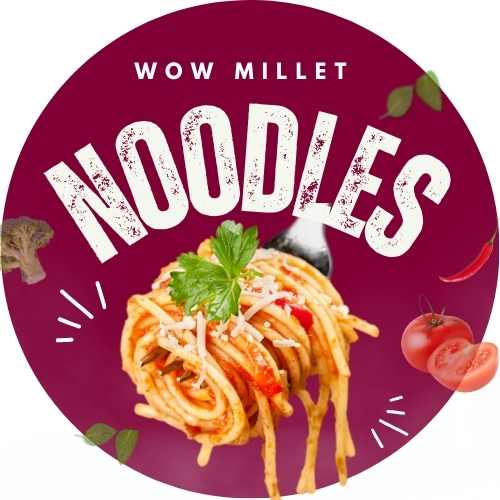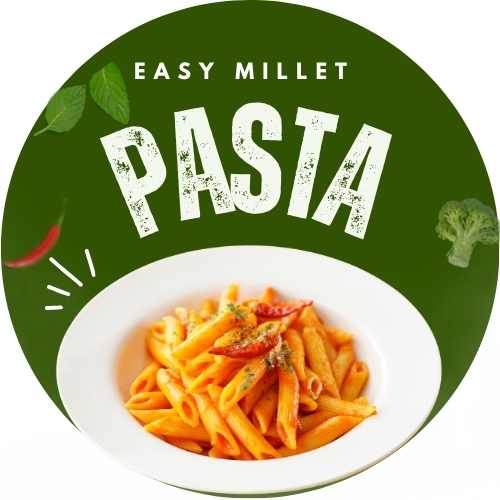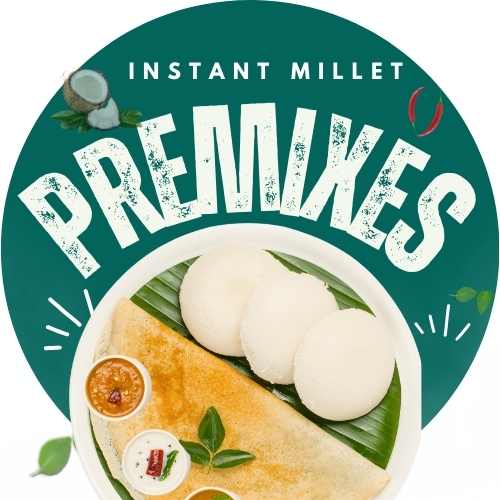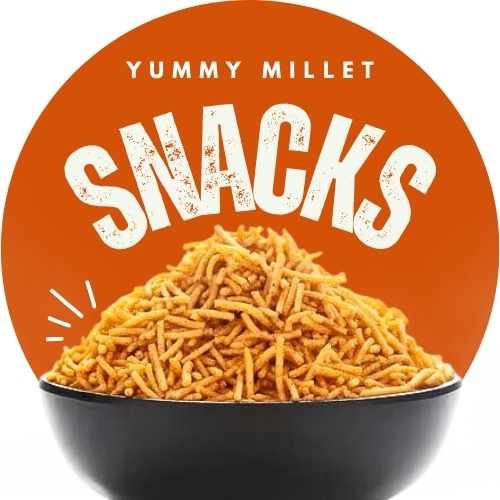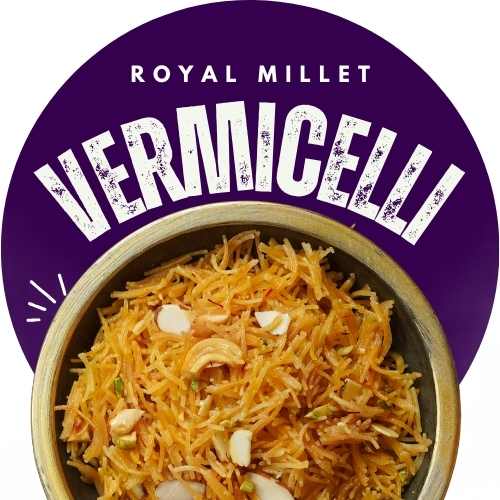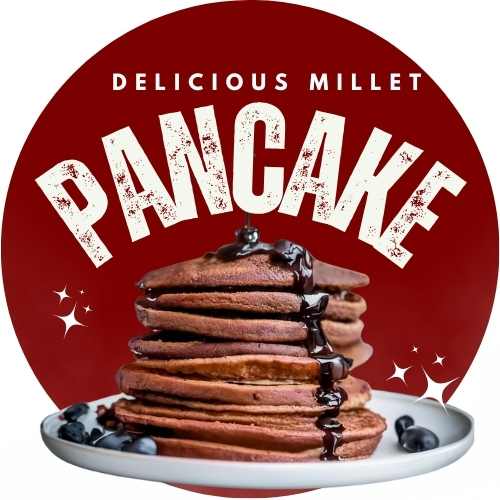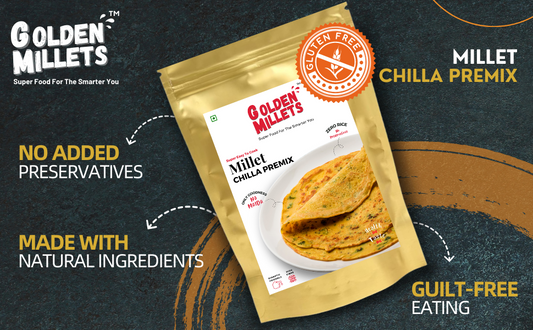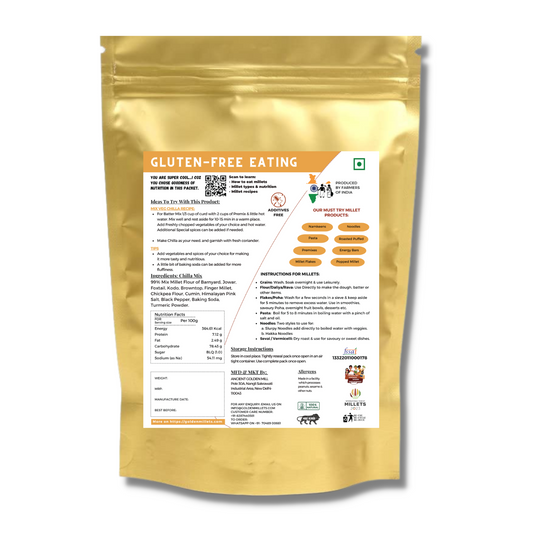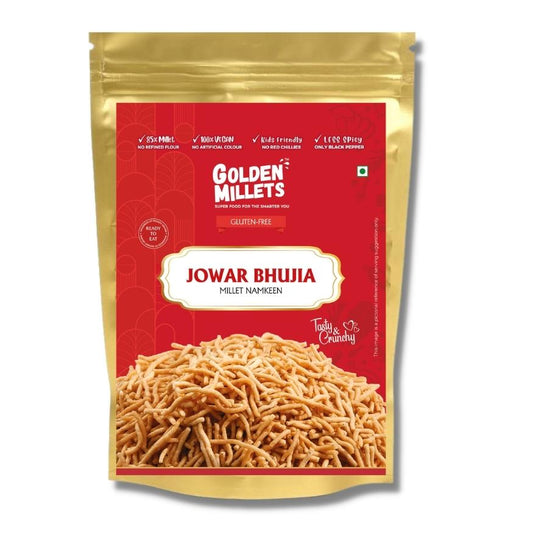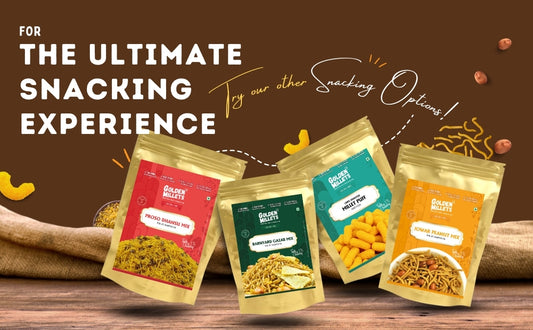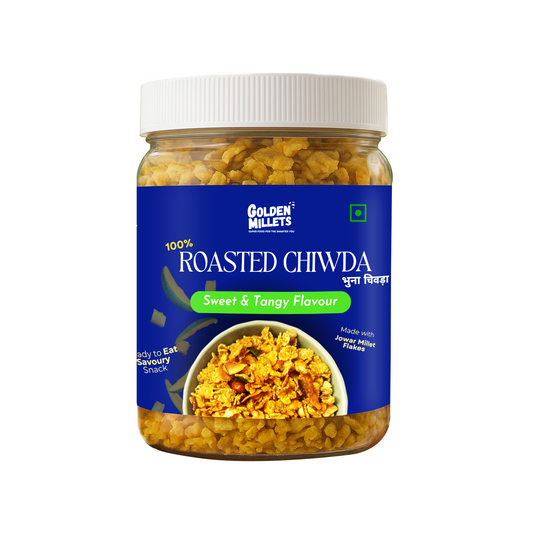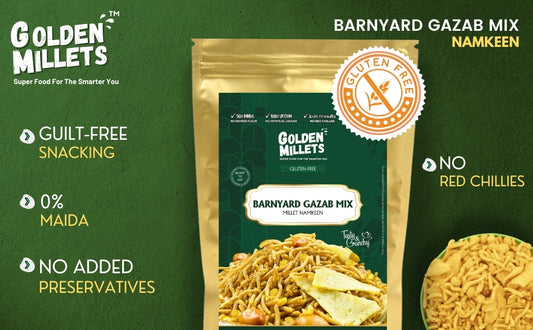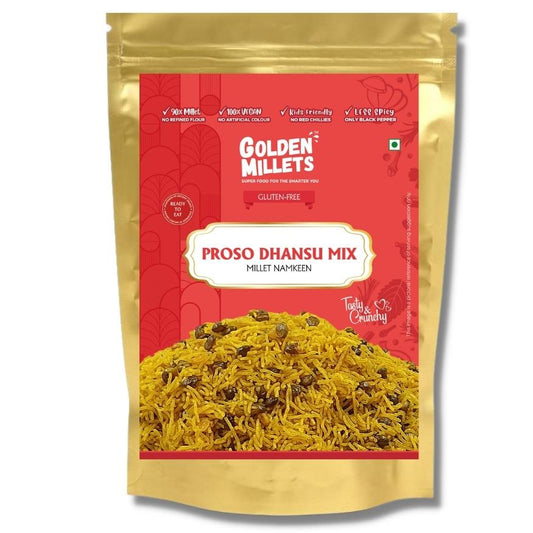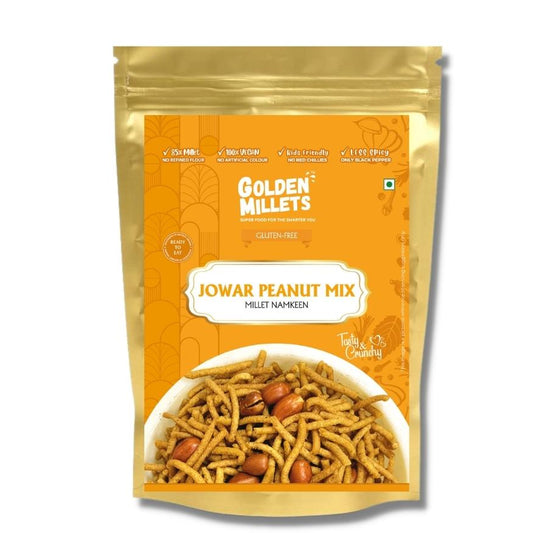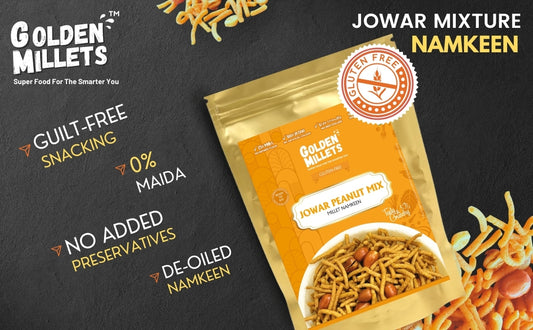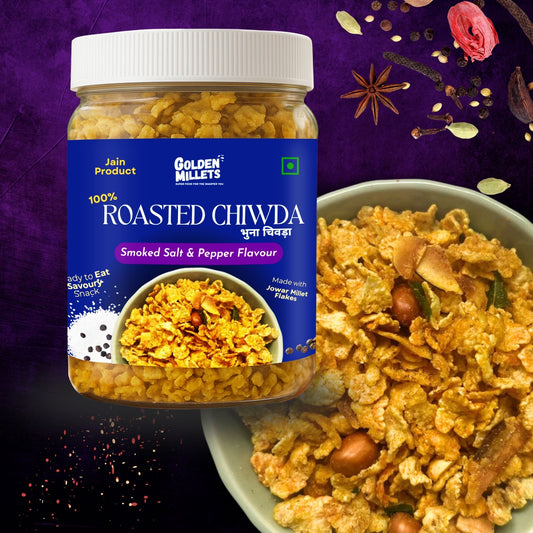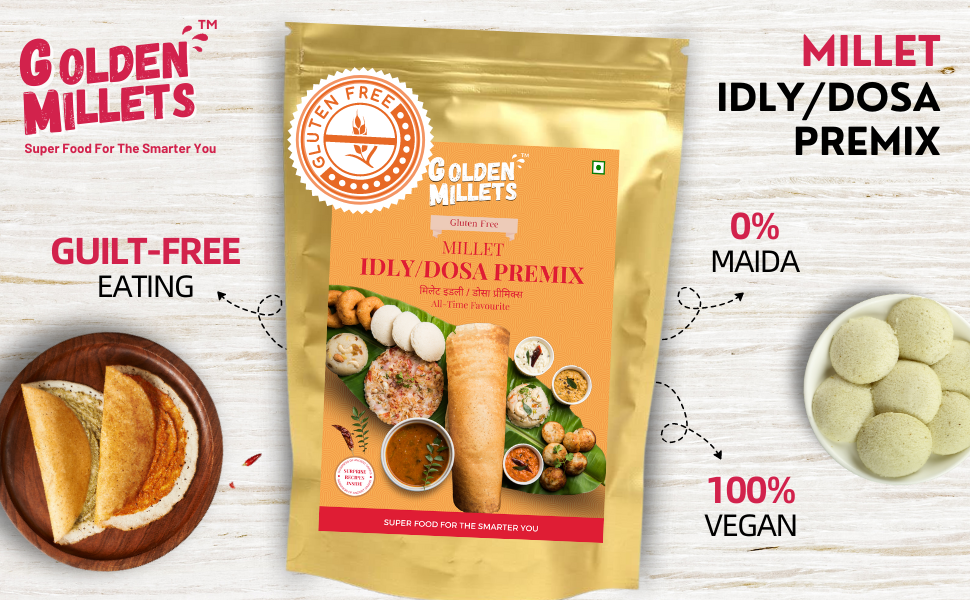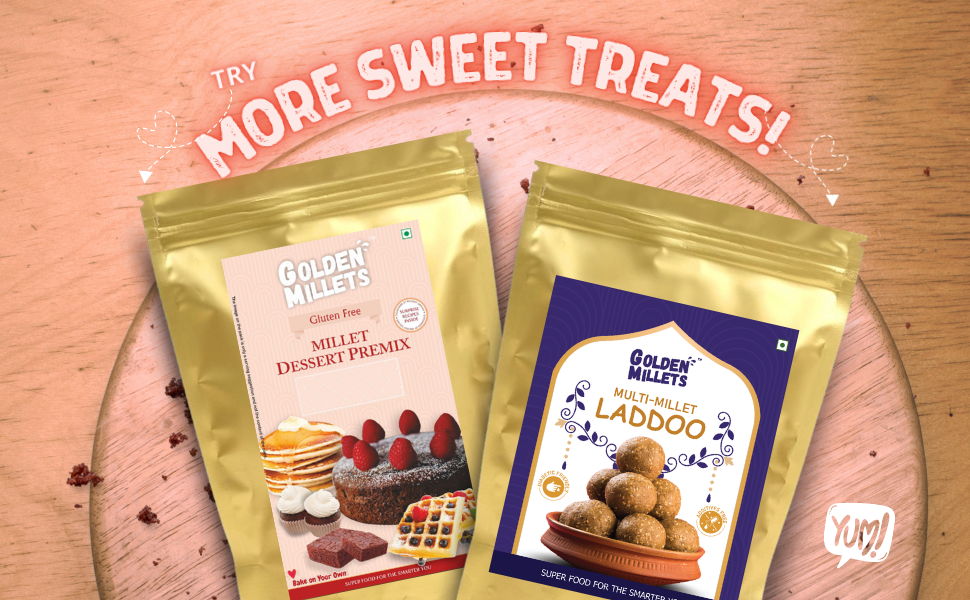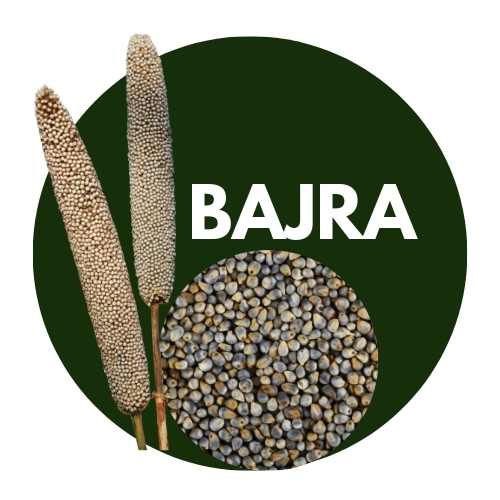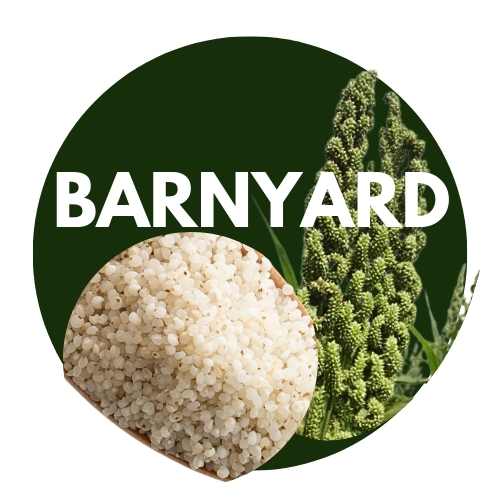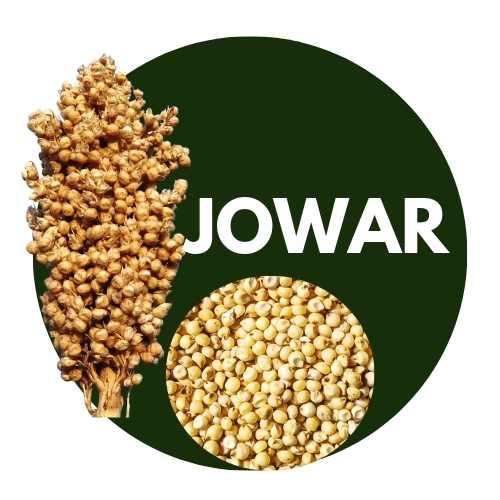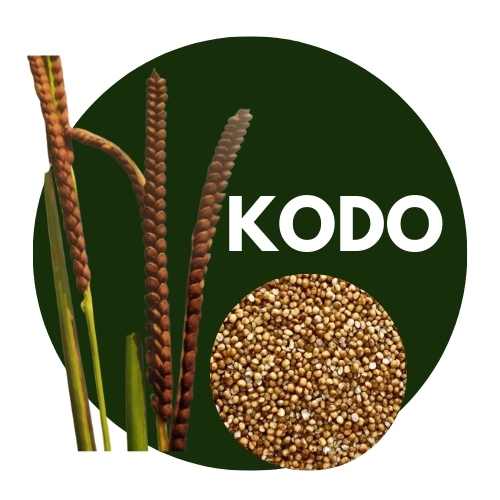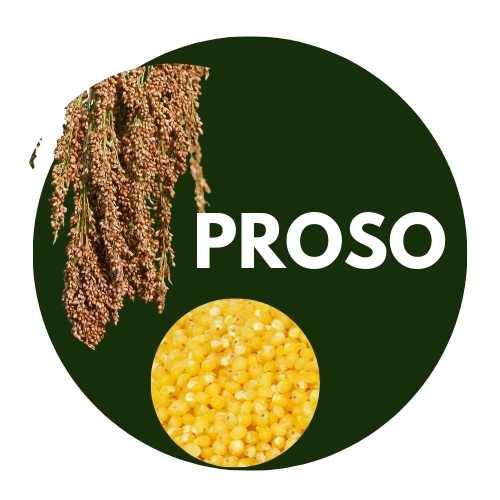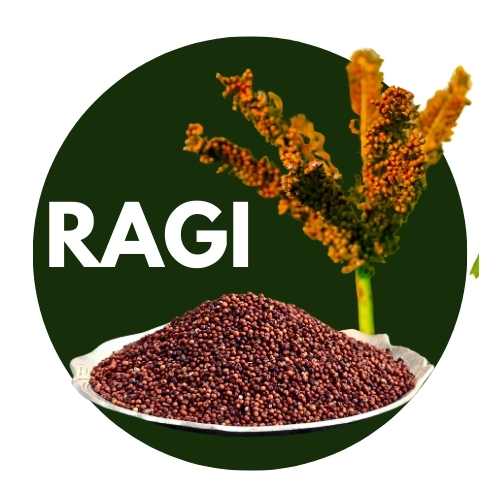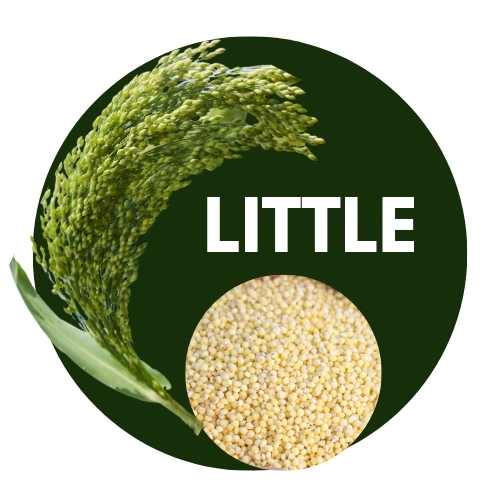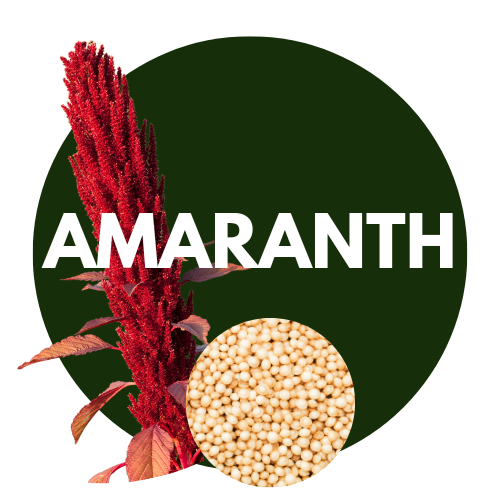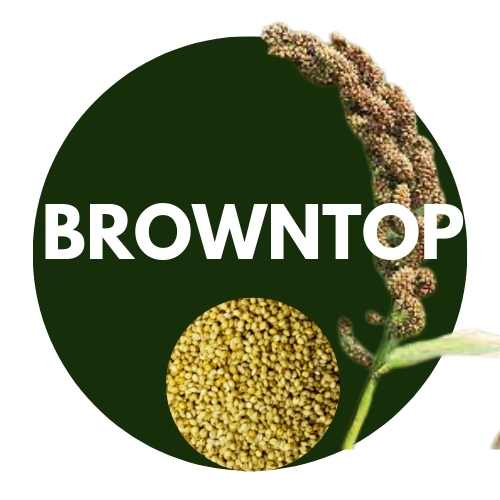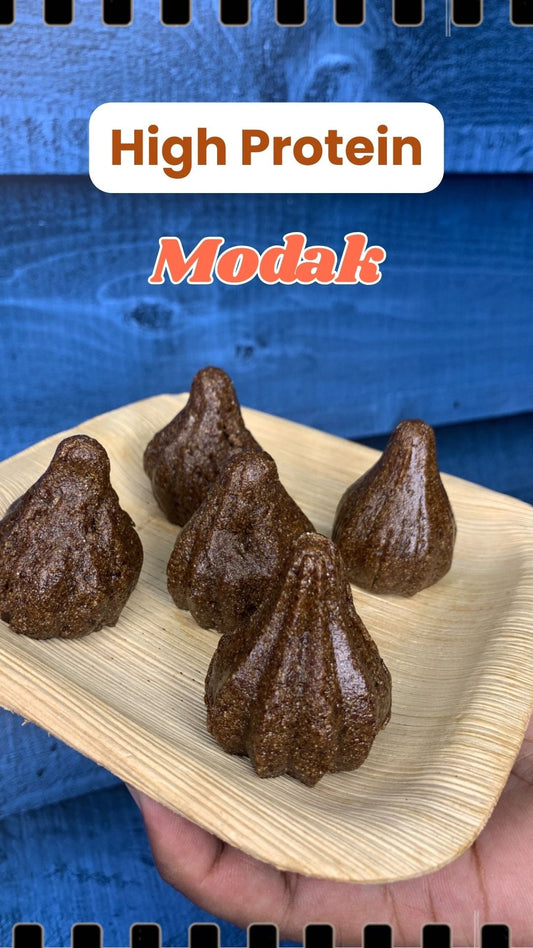Let customers speak for us

Health Bhi Taste Bhi...!!!
With So many choices of seeds dryfruits roasted nuts for ready to eat snacks are your go to if you need a mid day snacking..!
QUICK COOKING IS NOW HEALTHY

Instant Chilla premix
Yummy Snacks
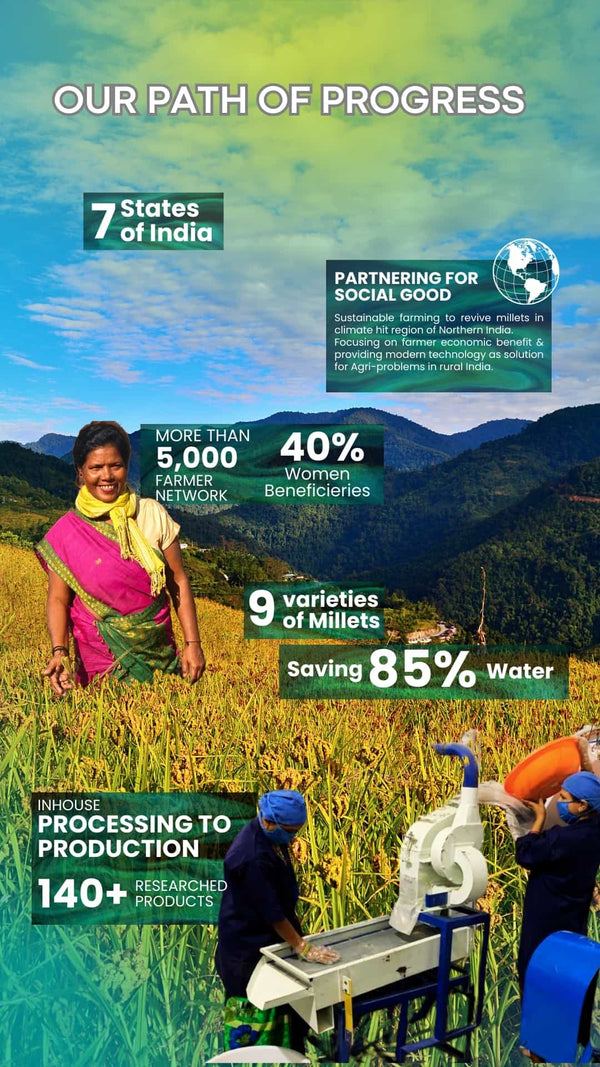

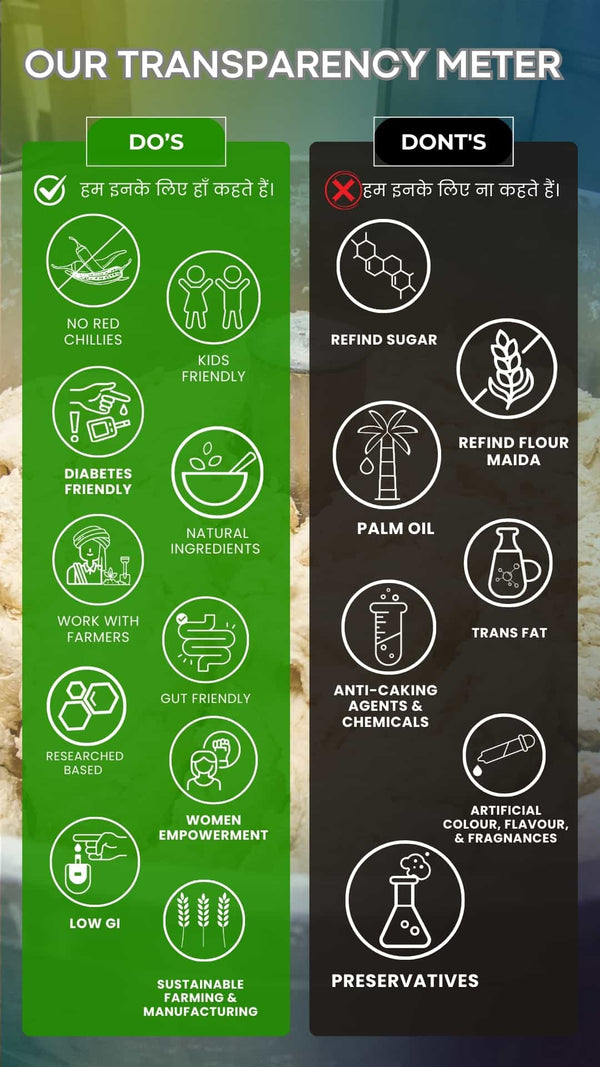
Select Your Millet
I am confused about Millets!! NO PROBLEM
Frequently asked questions
How to Cook millets?
simple yet effective way of understanding how to cook millets easily:
- Rinse Thoroughly: Start by rinsing the millets under running water to remove any dust or impurities.
- Soak the Millets: Soaking millets for 60 minutes to a few hours can help reduce cooking time, open fibers and improve texture.
- Water Ratio: For most millets, use a water-to-millet ratio of about 2.5 to 3 cups of water per cup of millet. Adjust the water based on the desired consistency (less water for fluffier texture, more for a porridge-like consistency).
- Cooking Method: millets can be cooked in open pan with lid like rice or in a pressure cooker.
- Flavor Enhancements: Add a pinch of salt or spices like cumin, cinnamon, or bay leaves for extra flavor during cooking. Adding one tea spoon of Ghee or any oil will make it more fluffy.
- Rest Before Serving: Once cooked, let the millets sit covered for a few minutes. This allows any remaining moisture to be absorbed, resulting in fluffier millets.
- Fluff with a Fork: Gently fluff the millets with a fork before serving to separate the grains.
- Versatile Usage: Use cooked millets in various dishes such as salads, soups, breakfast porridges, or as a substitute for rice or quinoa. Millets are easy replacement for rice & wheat.
Remember, the specific cooking time and water ratio may vary slightly depending on the type of millet you are using, so it’s best to follow any specific instructions on the packaging.
Are all millets gluten free?
Yes, Millets are 100% Gluten-Free.
These ancient grains are naturally free of gluten, making them an excellent choice for individuals with celiac disease, gluten intolerance, or anyone looking to avoid gluten in their diet. Unlike wheat, barley, or rye, millets do not contain the proteins that trigger gluten sensitivity, making them a safe and healthy alternative. Additionally, they are packed with essential nutrients like fiber, vitamins, and minerals, offering a nutritious option for those following a gluten-free lifestyle.
Are Millets good replacement of Rice & wheat?
Some key points on why millets are a good replacement for rice and wheat:
- Gluten-Free: Millets are naturally gluten-free, ideal for those with gluten intolerance or celiac disease.
- Nutrient-Rich: High in fiber, vitamins, and minerals like magnesium and iron, contributing to overall health.
- Low Glycemic Index: Helps manage blood sugar levels and provides sustained energy.
- Versatile: Suitable for a variety of dishes, from porridges and salads to pilafs and baked goods.
- Sustainable: Millets require less water and can grow in arid conditions, supporting sustainable agriculture. Millets can balance our need of food in future when there would be water crises or in drought hit areas.
Incorporating millets into your diet can offer enhanced nutrition and cater to specific dietary needs.
Are millets good for diabetes & weightloss?
Millets are a great choice for diabetes management and weight loss. With their low glycemic index, millets cause a slower and more gradual increase in blood sugar levels, helping maintain stable energy and control diabetes. They are high in dietary fiber, which aids digestion, prolongs satiety, and reduces overall calorie intake, supporting weight loss efforts. Additionally, millets are rich in essential nutrients like magnesium and antioxidants, promoting overall health and well-being. By incorporating millets into your diet, you can enjoy their benefits while managing diabetes and achieving your weight loss goals.

